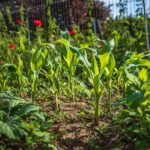We use cookies to make your experience better. To comply with the new e-Privacy directive, we need to ask for your consent to set the cookies. Learn more.
What is Regenerative Gardening?
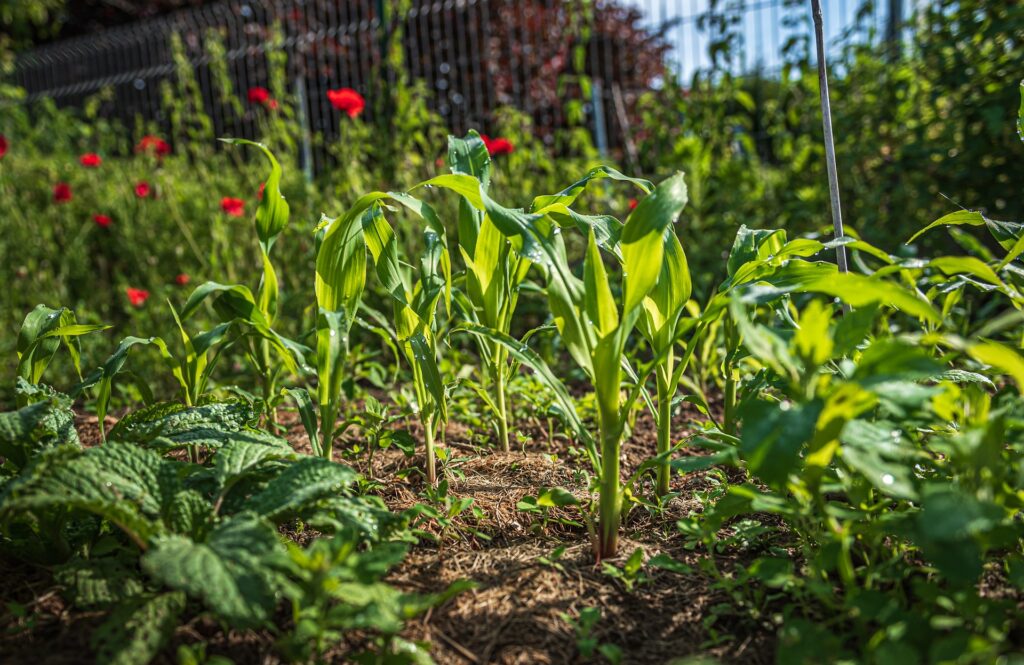
What is Regenerative Gardening?
Regenerative gardening is the practice of planting and maintaining your garden in an environmentally conscious way. It combines the ideas of organic, biodynamic, permaculture and no dig gardening. At its core regenerative gardening is about restoring soil health, nourishing the soil naturally, instead of depleting it and trying to fix it with artificial fertilisers.
The aim of Regenerative Gardening is to bring the soil back to as close a state, or even better than, it would have been if nature had been in charge.
Soil should be teeming with life; bacteria, fungi, earthworms, nematodes etc, these organisms help make a soil fertile for plants to grow on. Regenerative gardening practices enrich microscopic life in the soil. The plants form a symbiotic relationship with soil microbes. Plants release exudates which feed the microbes and in turn the microbes supply the plants with essential nutrients.
If artificial fertilisers are applied, plants stop producing exudates and feed on the fertiliser instead. However, this breaks the relationship between the microbes and the plant and makes the plant reliant on fertilisers.
Regenerative Garden Practices
Minimal to No Tilling - Although you may have to dig to get a garden established its best to disturb the soil as little as possible. Reducing the amount of digging or soil disturbance can improve soil aggregation, encourage biological activity and boost water retention. A broadfork can be used to open an aerate soil with minimal disturbance to soil biology and structure.
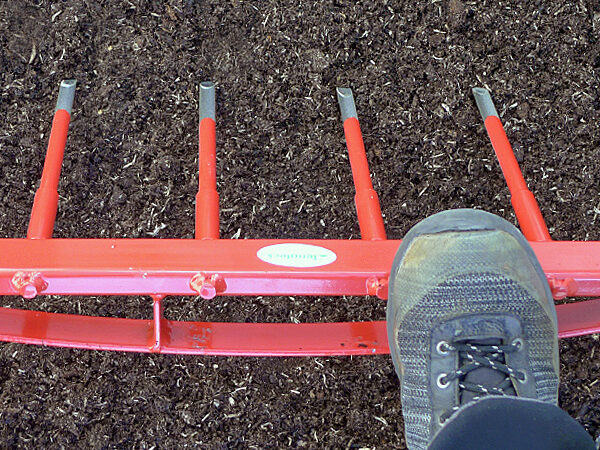
Cover Crops / Green Manures - Leaving soil bare is a big no-no as valuable nutrients will leach away. Green manures are fertility building crops and are grown for the purpose of covering the soil instead of being harvested. Green manures protect the soil against erosion and the root mass that they leave behind maintains and improves the soil structure and fertility. They can also help to bring biodiversity in and above the soil, which can reduce pests and diseases in subsequent crops.
Legumes (Clovers and Vetches) can produce good amounts of organic matter and some have impressive root structures. They can fix large amounts of Nitrogen from the air into eventually plant available nitrogenous compounds in the soil. Now we know that this amazing example of natural chemistry is based on a symbiotic relationship between leguminous plants and the soil bacterium known as Rhizobium.
Grasses and Grains have great root systems, and will improve the soil structure, preventing erosion and capping. Although they don't fix nitrogen like legumes, they are excellent at mopping up available nitrogen and holding on to it.
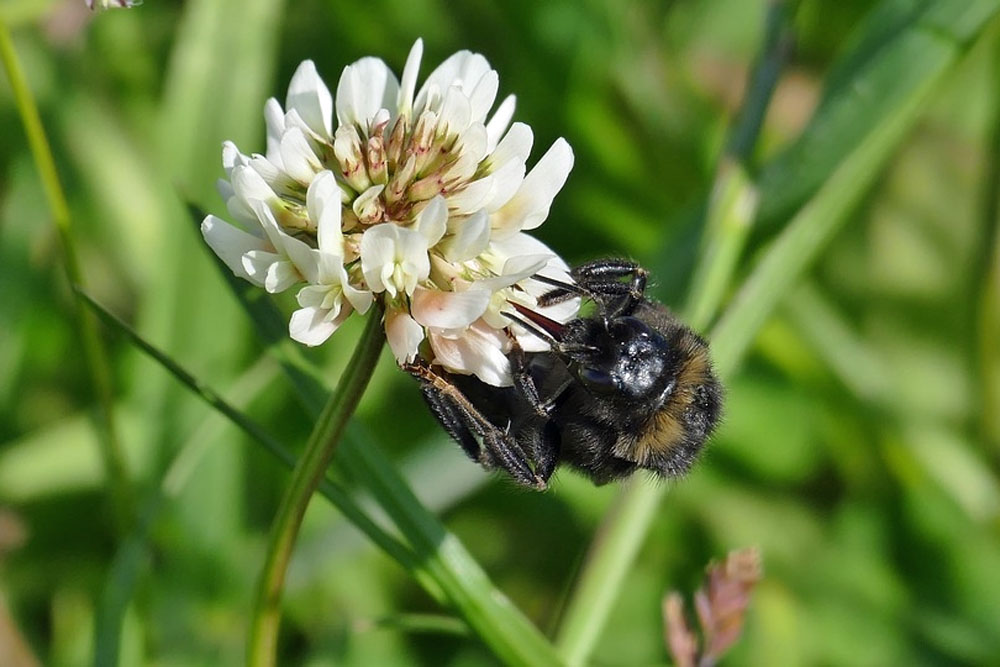
Mulching - Cover your soil with natural materials such as wood chips, seaweed, grass cuttings, leaf mould, Strulch, paper, or wool. Mulching helps retain moisture, protects the soil from heavy rain and sunshine, enhances soil quality and prevents soil compaction. Mulches are also great at suppressing weeds.
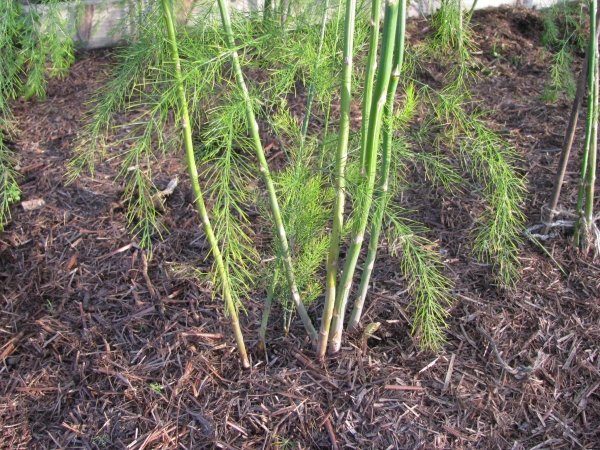
Composting - A good garden or farmyard compost will add organic matter, nutrients, but also lots of life to a soil. It is like an inoculation of good organisms to the soil. You can add Compost Renew to your compost bin/heap; it will help stimulate compost microbiological life and kick-start compost production.
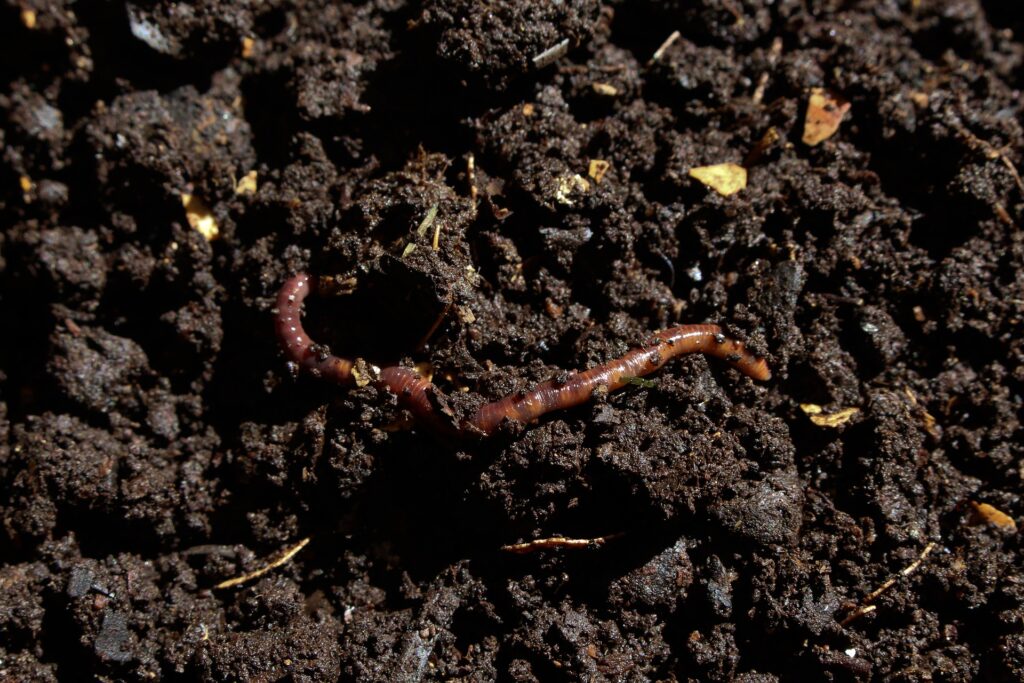
Crop Rotation - A wide rotation is very important, for this it is necessary to keep good notes of what was planted where every year. There are a few models, for example: Alliums(onion family), Brassicas (Cabbage Family), Roots, Legumes (Beans and Peas) plants alternating, or the Biodynamic model of: Leaf, Flower, Fruit and Root crops alternating. A combination of both is best, as some brassicas may be roots for example. Potatoes need to be kept separate from this again, so a 5 year rotation would be better.
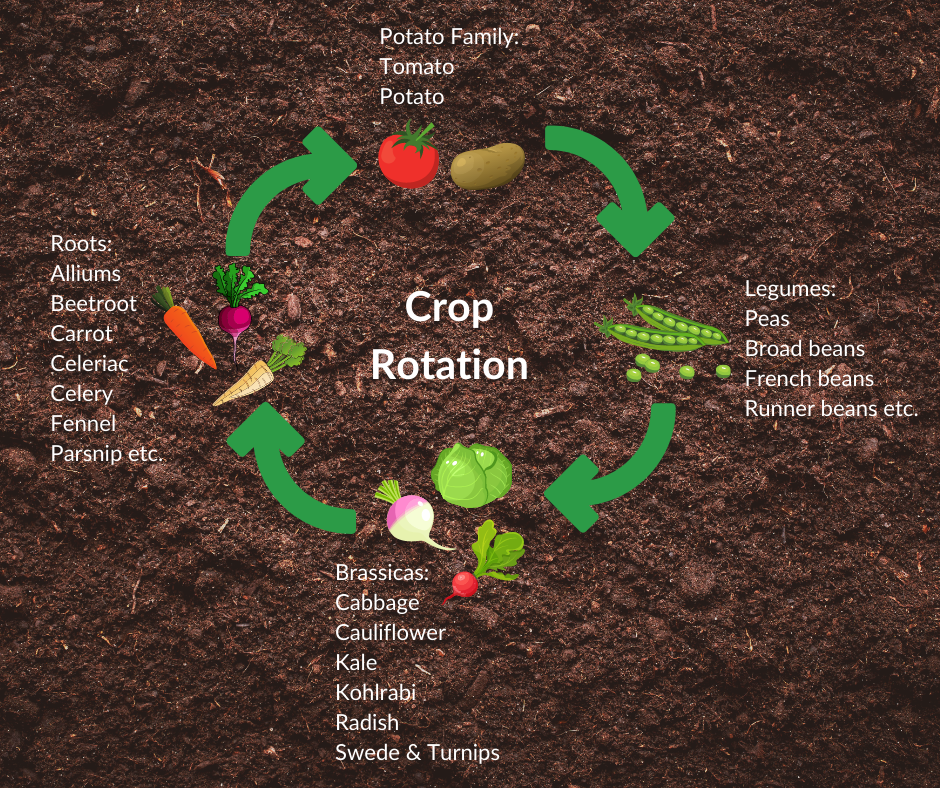
Rewilding - Allowing areas in the garden to go wild will improve the conditions for insects and other small animals. A pond and an area with a flower/bee meadow will attract lots of insect life. Keep a nettle or comfrey patch in your garden, both can be used to create a liquid fertiliser or mulch and also attract beneficial insects.
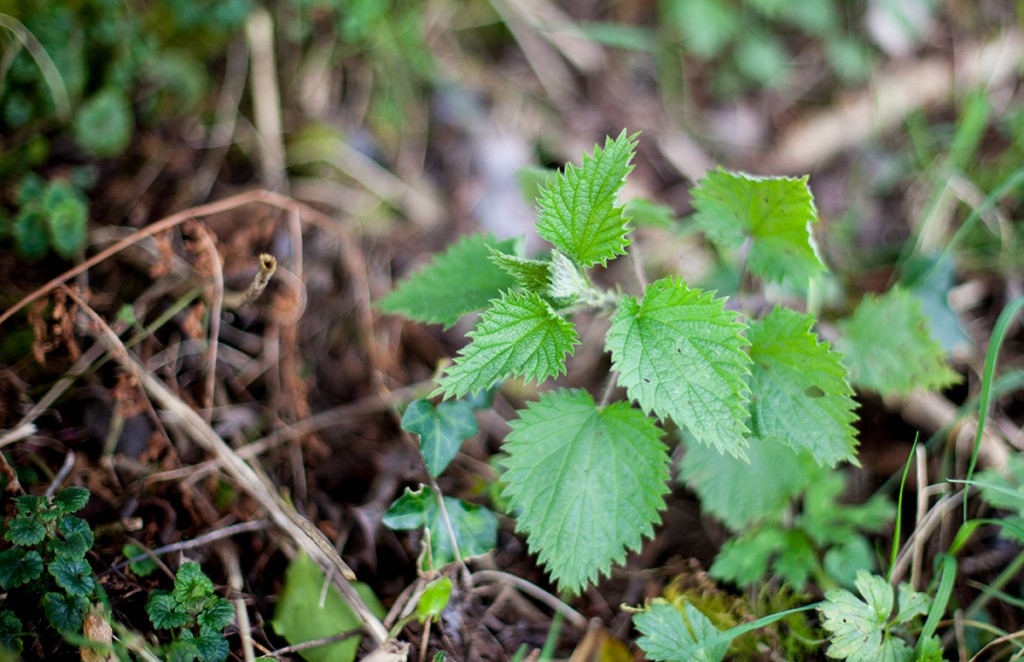
Adding Soil Conditioners - Soil conditioners improve soil qualities such as structure, biological activity, mineral content and pH. The enhanced soil conditions make nutrients and trace elements better available to plants. Rock Dusts can really help improve tired soils. Lime is the best known, but an application of Basalt is also very rejuvenating.
You can inoculate the soil with Bacteria (Soil Renew or Bona Vita Bac) and Mycorrhizal Fungi, or use Biodynamic preparations or Compost teas to stimulate the invisible and often microscopic life below the surface of the soil.
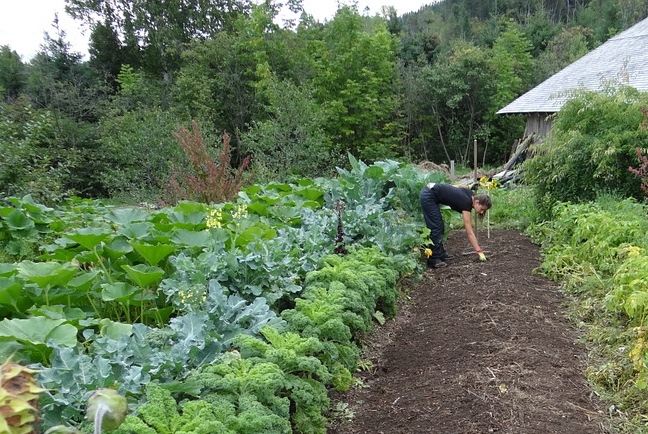
All the measures above will help to create the right conditions for an improved life below ground level, this in turn will be expressed in an abundance of growth above the ground, with healthy vibrant plants that will be flavoursome and nutritious to the people that consume them.
Check out the Regenerative Organic Alliance for more information on regenerative organic agriculture.

